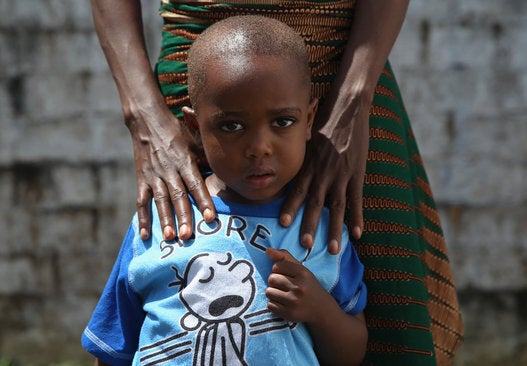
A happy accident landed us in our new offices in Sir Frederick Banting's old workspace in the University of Toronto's Banting and Best Centre for Innovation and Entrepreneurship. It "oozes history," as one infectious disease expert, Dr. Kamran Khan, told me excitedly when he saw the shelves that once held Banting's papers.
Today, at our company and at many others around the world -- notably IBM, International SOS, Healthmap.org, Chematria, and Dr. Kahn's Bio.Diaspora -- thousands of researchers are tracking and analyzing the threat of Ebola using Internet, artificial intelligence, predictive tools, Big Data and geo-tracking software.
So I imagined: How would Banting, when physicians feared diabetes the same way we all fear Ebola today, have approached the crisis when technology was similarly undergoing a revolution during the fin de siècle?
Banting was possessed of tenacity and optimism.
In October 1920 Banting was an unknown surgeon. His idea: the pancreatic digestive juices could be deleterious to the secretion of the pancreas produced by the islets of Langerhans. According to the official Website of the Nobel Prize: "He therefore wanted to ligate the pancreatic ducts in order to stop the flow of nourishment to the pancreas. This would cause the pancreas to degenerate, making it shrink and lose its ability to secrete the digestive juices. The cells thought to produce an anti-diabetic secretion could then be extracted from the pancreas without being harmed."
From this idea he changed the world, and influenced many researchers who are working tirelessly to study the virology, the clinical presentation and the epidemiology of Ebola, a lethal and mysterious virus.
At the turn of the century, in order to determine the cause of a medical disease, the traditional approach pre-Banting was to look for abnormalities in the various diseased tissues of the body. In the case of patients who died of diabetes in the 19th century, a German medical student found that the pancreas was severely damaged. Later, a German physiologist found that if the pancreas were removed from a dog, the animal would get diabetes.
But in Toronto in 1921, Frederick Banting went one step further. He thought that the pancreatic secretions might be harmful. So, he tied the pancreatic ducts, which then caused the pancreas to degenerate and diabetes to develop. To reverse the injury, Banting and colleagues tested extracts of the pancreas, which resulted in curing the dog. They called the extract "Isletin."
If Banting tried to treat Ebola these days, he might have taken a similar strategy. He would first see which tissues were injured. He would see that the lymph glands and the blood were severely affected. He would then make an extract of these two tissues and inject them into animals. Although many animals would die, some would survive. He would make extracts of the lymph glands and blood from those animals that survived and inject the extracts into the sick animals. It is likely that while many of the sick animals would still die, a number of the sick animals would, nevertheless, live and be healed. His next step might be to isolate the factor which was made and which cured the animals. Such an extract would contain antibodies to Ebola.
In fact, this strategy is one of the several approaches that are being used today in studying the ecology of Ebola. The old-fashioned style of medical research continues to be successful to this day. And so technology, as beautiful as it is, is nothing but for the ingenuity and the courage of men and women.
On every postage stamp with Banting's face on it, there is something more than a famous Canadian's piercing eyes gazing upon you: there is the legacy that an idea can make the world less fearful of cancer, heart disease, Ebola and the other cursed evils that may elude us now, but not forever.
MORE ON HUFFPOST:
